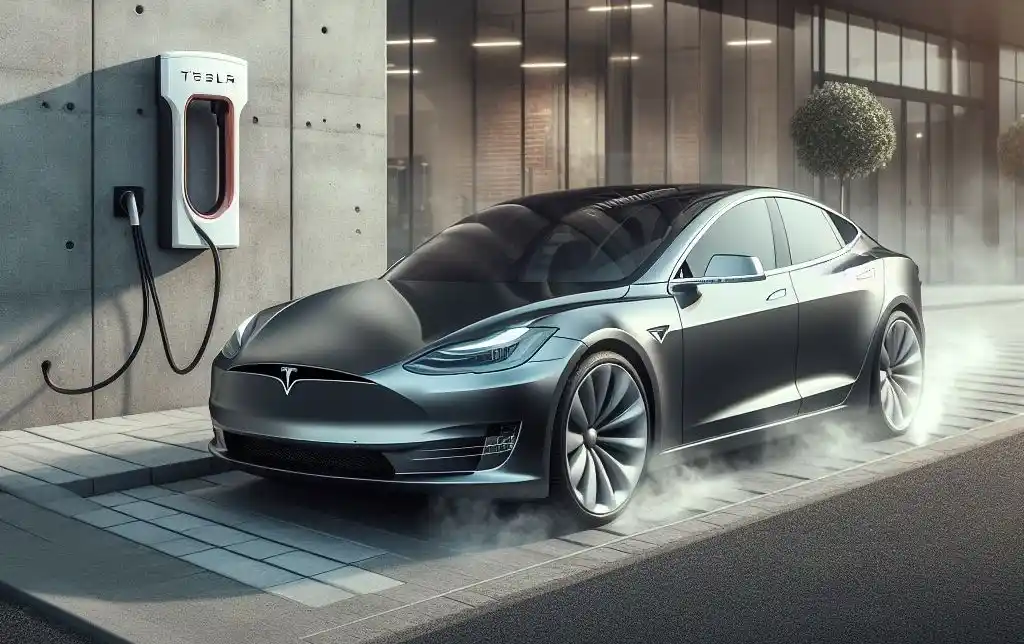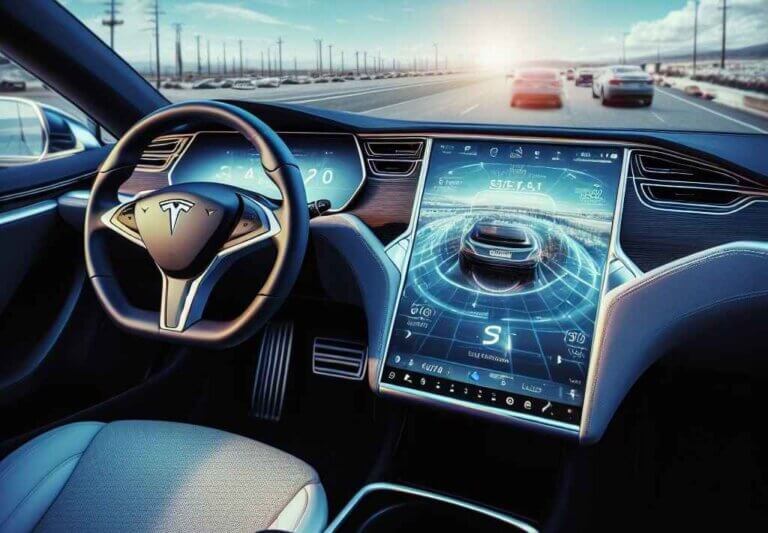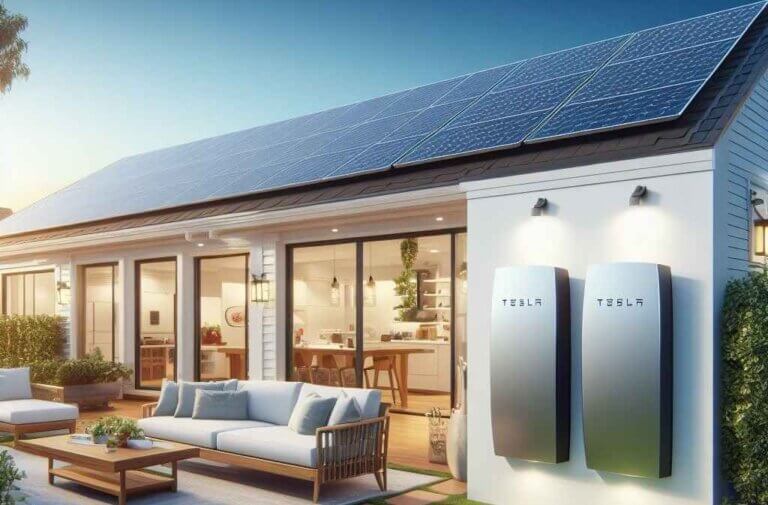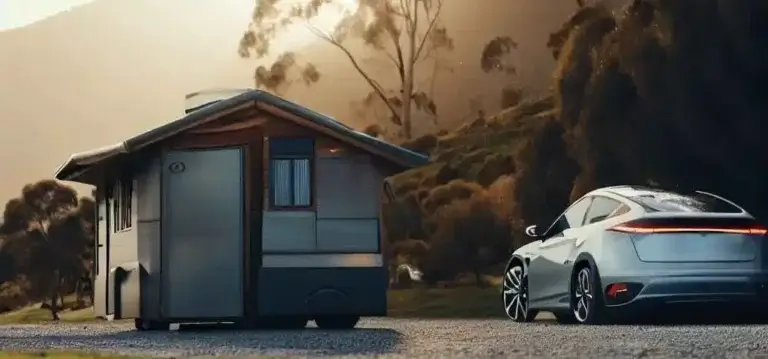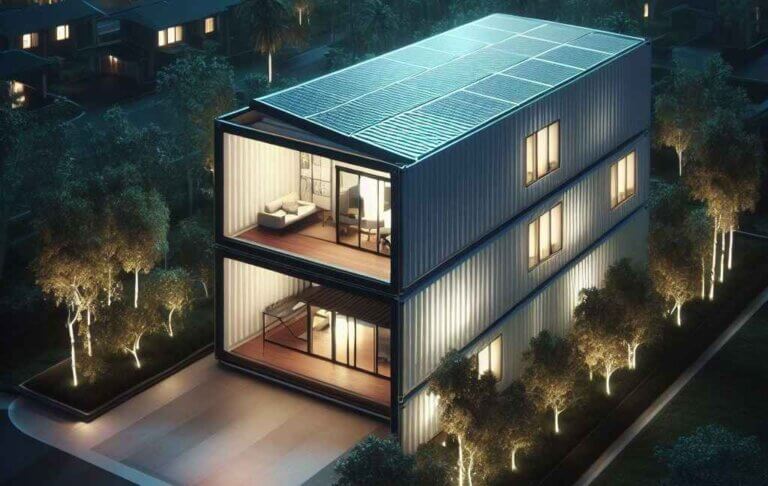Is It Safe to Sit in a Tesla While Charging?
Sitting in your Tesla while it’s charging is generally safe, but there are a few things to keep in mind for your health, safety, and optimal charging. This comprehensive guide covers everything you need to know Is It Safe to Sit in a Tesla While Charging
Table of Contents
Introduction
Charging your Tesla is a straightforward process, but a common question new EV owners have is whether it’s safe to sit in the car during charging. There are concerns about exposure to electromagnetic fields (EMFs) from the high-voltage charging system. There’s also curiosity about what happens during fast supercharging and if the cabin gets hot.
This article will dive into the details around electromagnetic radiation, cabin heat, best practices for charging, cold weather charging characteristics, and more. Read on to get science-based answers to all your questions about staying in your Tesla while juicing up with electrons.
Is it Safe to Sit in a Tesla While Charging?
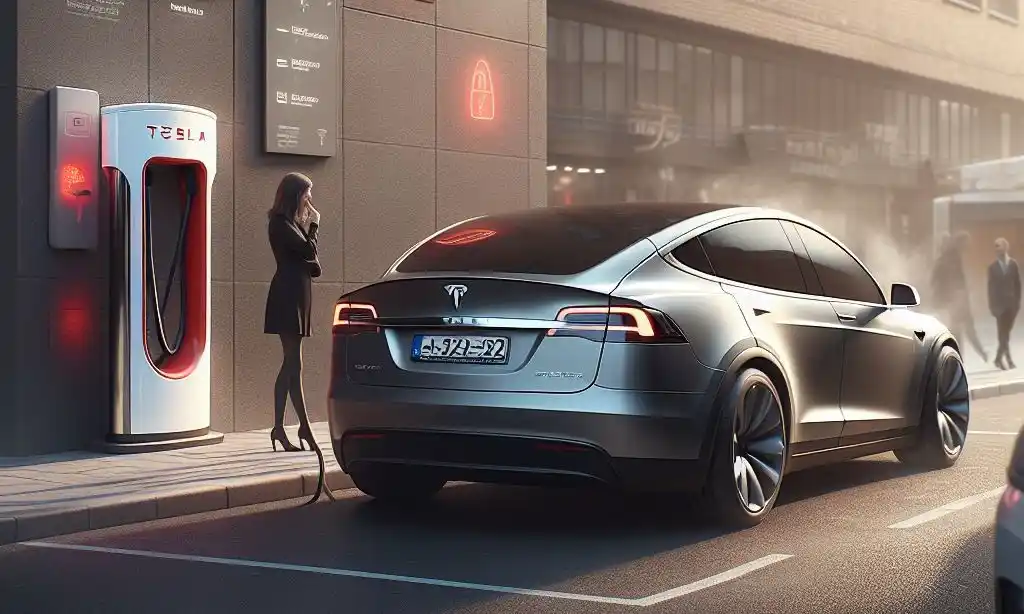
The quick answer is yes for the most part, but there are caveats covered below. Tesla vehicles produce very small electromagnetic fields during charging compared to common household appliances. Studies have shown the fields in the cabin are well below established safety limits.
Additionally, Tesla’s efficient cabin climate control system keeps the interior at comfortable temperatures even when fast supercharging. Let’s take a deeper look into these topics around safety and heat exposure while charging.
Electromagnetic Field Exposure
Electric vehicles use high-voltage systems for power delivery from the battery to the motors. Does this mean dangerous electromagnetic radiation fills the cabin while charging?
Luckily, no. Tesla vehicles are designed to limit occupant exposure. Additionally, the metal body of the car blocks and absorbs the fields rather than letting them penetrate inside. Studies back this up, showing fields in the cabin during charging are similar to everyday background levels.
EMF Explained
Electromagnetic fields are invisible forces created by electric current flow. The higher the current, generally the stronger the fields. Sources include power lines, appliances, wireless devices, and automotive electronics.
Electric vehicles have high voltage systems up to 800V. For context the average car is 12V. So shouldn’t EV cabin EMF levels be radically higher? Actually no, thanks to good engineering and shielding.
The radar, Bluetooth, WiFi, touchscreen, and other electronics do emit low levels of RF energy. These are considered non-ionizing radiation and have not been shown conclusively to cause health issues. Still, Tesla aims to minimize field levels throughout their vehicles.
Study Findings on Interior EMF Levels
Independent testing has found electromagnetic radiation in the Model S and Model 3 cabins to be remarkably low, even while fast charging. For example:
- One study measured radiation during 120 kW Supercharging. The highest magnetic frequency fields detected were less than 2 mG, far below the 27 mG EPA recommended max for the public.
- Swedish researchers measured fields while charging at home, at work, and with Superchargers. Levels were 0.4-3 mG, similar to household background.
- Total interior RF levels were ~1% of the maximum recommended levels.
So despite fears, scientific testing has shown cabins effectively shield occupants from high-voltage charging systems. Interior radiation is very low and comparable to common electronics.
Cabin Heat During Charging Sessions
Another common question is whether the cabin heats up significantly during charging sessions, especially fast supercharging.
Quick answer – the interior stays nice and cool thanks to Tesla’s efficient climate control systems. Recent tests by climate system engineers found about a ~5F (3C) increase during a full hour of peak 150 kW charging.
Here’s an overview of what’s happening to dissipate charging heat:
- The battery pack and electronics generate heat when fast charging.
- Coolant systems remove buildup and distribute it around the pack.
- Refrigerant condenses excess heat in the front radiator cooling system.
- The cabin air conditioning kicks on periodically if needed to maintain the set temperature.
- Heat pump concepts allow the use of battery system waste heat for warming.
The result is efficient thermal management to keep components and occupants comfortable. Let’s go over some actual studies and owner experiences around overheating.
Scientific Cabin Heat Testing Results
One extensive study looked directly at cabin heat measurements during 120 kW Supercharging sessions:
- Peak interior air temps topped out at only 104F (40C) after a full hour at max charge rate. This was only ~ 7F (4C) over ambient.
- Surface temps were cooler thanks to the seats, steering wheel, and glass dissipating the minimal heat increase.
- Temperature change is gradual and maximums weren’t reached until nearly finished charging.
The study concluded the cabin climate control does an excellent job regulating mild heat generated during fast DC charging up to 250 kW.
Owner Experiences with Cabin & Battery Heat
Virtually all Tesla owner testimonials match the science – cabin temperatures stay nice and cool while charging. Owners report around a ~5-10F (3-5C) warmer cabin after lengthy peak Supercharger sessions. Here are some examples:
- One Model 3 owner reported no discernible temp increase after 30 minutes at a max 120 kW charge rate.
- Another measured about a 7-9F (4-5C) rise over 55 mins drawing up to 150 kW.
- Performance models see greater heat in Track mode from battery and motor workload. But the HVAC handles it fine.
The only times significant cabin heating over ambient occurs is if vehicles are left unoccupied in extreme sunlight. So if hanging out in the car, no worries about overheating even at peak Supercharging.
Best Practices for Sitting in Your Tesla While Charging
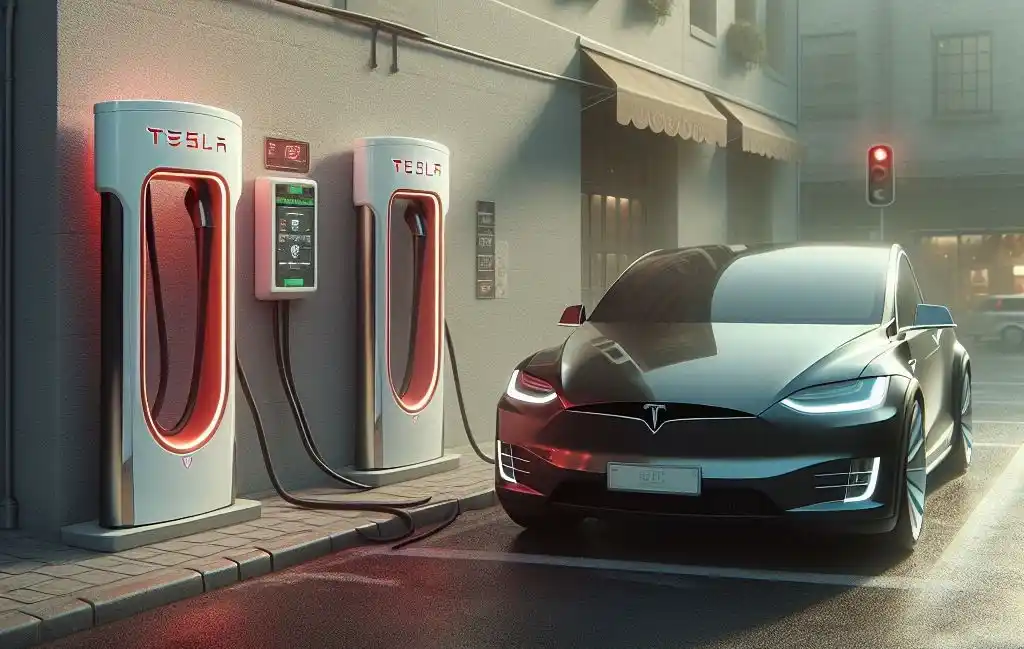
Sitting in your Tesla for an hour or more during charging is generally safe according to research. However, following best practices around safety, charging speeds, and battery health helps optimize each session.
Here are some top tips for getting the most out of public charging stops or home charging while relaxing inside your vehicle:
- Park as close as possible to charge equipment and use the shortest cord lengths. Reduces tripping hazards from cords.
- For direct DC fast charging, back into the stall so the charge port is easily accessible. Prevents cord strain or damage.
- Leave 2-3 vehicle lengths between the charge plug and the next car where possible. Allows others to share the charger.
- For CCS1 combo plugs, ensure the charge handle latch clicks and locks fully seated. Prevents unexpected disconnects.
- Use the scheduled departure mode to finish charging by a set time. Allows accurate trip planning.
- Preheat the cabin while connected to a charger rather than battery power alone. Conserves energy.
- For public L2 charging, be mindful of idle fees intended to promote turnover. Keeps costs down for everyone.
- Enable cabin overheat protection to safely maintain interior temps in solar soak situations. Prevents damage.
- Consider charging to around 80% for daily use rather than 100%. Supports long-term battery health.
Following these tips will help you get the most value from charging sessions and allow maximizing your electrified transportation.
Now let’s dive deeper into two important technical topics around staying in your vehicle during charging – cold weather performance and electromagnetic field safety for medical implants.
Cold Weather Charging Characteristics
Does sitting in an EV with the heat blasting during winter charging impact rates or safety? Are there any odd noises or thermal management behaviors to expect in cold conditions?
Answering these common questions involves explaining Tesla battery management, coolant systems, and aspects unique to CCS Combo and ChaDeMo plugs. Let’s break it down:
Battery Preconditioning Needs
Lithium batteries require warming for both optimal performance and longevity. Tesla vehicles actively heat the battery pack to achieve:
- Faster charging – warmed cells can accept maximum current.
- Increased charging energy – more range added per session.
- Reduced battery wear – gentle warming prevents damage.
In cold weather, you may notice the vehicle drawing charge current without range added. This “preconditioning” power warms to proper cell temperatures.
Without it, charging would start low and ramp painfully slow in winter. Preconditioning also prevents long-term battery capacity loss from extreme temperature damage.
So don’t be alarmed if you don’t see expected range addition numbers immediately in cold weather. The battery is optimized for performance, longevity, and safety behind the scenes.
Normal Noises During Cold Weather Charging
The side effect of Tesla’s battery warming techniques is some unique noises that occasionally concern new owners. Here’s what to expect:
- Hissing or dripping near the charge port – Warm battery coolant looping through the system can vaporize when exposed and condense. The high-temperature humidity exiting around the charge inlet then vaporizes into steam. The effect is enhanced in extremely cold ambient temps and can seem dramatic. But it’s normal and not a concern. No fluids are actually leaking or venting.
- Ticking sounds from the charge port area – This is from coolant system valves and pumps actively regulating battery temperatures per the discussion above. It can seem prominent when cabin audio is muted. But again it’s normal and no cause for concern.
- Fans blowing at low speeds – Both battery heating and cooling systems utilize fans to transfer warmth. Due to the low speeds they operate at, oscillating tones can seem unusual compared to engine radiator fans. But they’re just doing their job maintaining ideal battery temps.
The bottom line is EVs generate some unique noises tied to battery thermal management absent from gas vehicles. Once experienced and understood as normal, they don’t raise alarms.
CCS & ChaDeMo Cold Weather Charging Anomalies
Tesla uses a proprietary connector for Supercharging direct current fast charging. But Model 3 and Model Y produced for Europe, Australia and North America also include support for market-standard CCS Combo and ChaDeMo plugs.
These enable using third-party DC fast chargers compatible with those formats. However, a few Cold weather charging oddities have been reported by owners using such equipment:
- Sudden charge rate drops or sessions end if the battery gets too cold. Non-Tesla chargers seem more abrupt compared to the vehicle’s smoother throttling and preconditioning system. Simply unplugging and re-connecting again typically addresses until the pack warms sufficiently.
- Significant warmth around the charge inlet is noticeable inside the cabin, including heat radiating from the center console area. Some owners report this disappearing after the vehicle has been driven and the batteries fully warm. It may be related to thermal management differences compared to Supercharger communication protocols.
The core issue seems to tie back to older CCS designs being less robust around active battery heating compared to Tesla plugs. Newer hardware revisions address these anomalies, but many existing stations were built before extreme cold weather functionality was fully vetted.
In these cases, the vehicle battery protection systems are still working as intended. But non-Tesla DC chargers could employ improved warnings and error handling compared to the abrupt drops owners occasionally encounter.
Safety Around Charging for Owners with Medical Devices
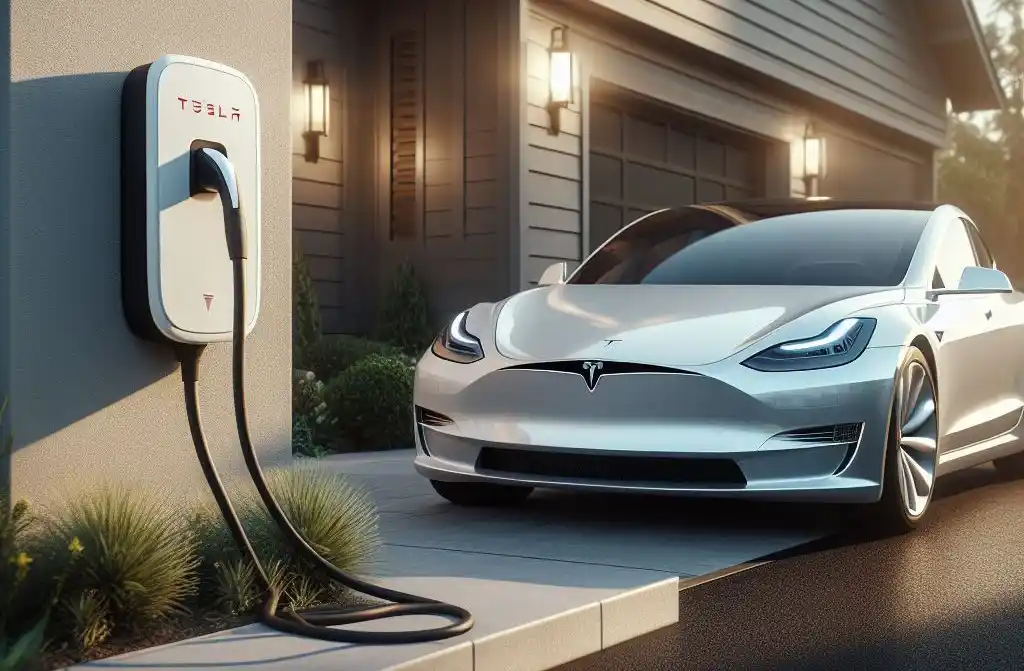
Electric fields have the potential to interfere with medical implants like pacemakers if sufficiently strong levels occur. As covered previously, studies show interior EMF radiation remains remarkably low during charging and daily use. What additional precautions should those with medical implants take?
The only medical device of major public concern relative to EMF interference is pacemakers. These small battery-powered implants send electrical pulses regulating heart rhythms. While their circuitry filters out most ambient electromagnetic interference, minimizing exposure from higher energy fields a sensible precaution.
Here is guidance from Tesla and general medical best practices around charging:
- Discuss vehicle charging and exposure concerns with your physician before purchase. Confirm if any additional shielding recommendations exist for your specific implant model and sensitivities.
- Consider using charging equipment furthest from passenger seating where possible. Tesla ports are on the rear left side, putting maximal distance from the driver seat.
- For extra cautious owners, charging only while outside the cabin eliminates interior EMF exposure altogether. Latch the charge port and lock the vehicle to enable this while keeping equipment safe.
- Turn off and stow any paired portable medical devices like insulin pumps in shielded bags. This prevents interference from proximity to charging fields near the port. The cabin blocks exposure, but why take chances?
The FDA and physicians agree modern vehicle electronics pose little increased exposure risks compared to commonplace equipment for those with hardened medical implants. But taking sensible precautions provides additional comfort and safety confidence.
Sitting in a Tesla While Charging – The Bottom Line
Independent testing verifies electromagnetic radiation and thermal load in Tesla interiors remain comfortably low during charging. Their efficient battery heating, cooling, and cabin climate systems make sitting inside while juicing up pleasant and safe overall.
Follow the best practice charging tips covered to maximize charging rates, safety, and battery longevity. Additionally, understand the normal noises and notifications around cold weather current throttling and preconditioning behaviors.
New Tesla owners often wonder if exposure concerns warrant sitting outside during charging stops. However multiple studies have shown interior levels remain similar to everyday background frequencies. If following physician guidance for medical implants, thermal and EMF exposure inside the cabin prove largely inconsequential.
So feel confident staying comfortably inside your Tesla during charging stops for convenience unless directed otherwise for unique medical reasons. Science confirms what owners experience every day – properly engineered electrified vehicles pose no significant risks to occupants embracing sustainable transportation.
Summary and Key Takeaways
- Independent testing shows interior RF radiation remains negligible during charging – similar to everyday background levels
- Cabin temperatures only increase mildly even after peak 150+ kW supercharging thanks to robust climate systems
- Colder ambient temperatures require battery preheating before accepting max charge rates
- Normal cold weather charging sounds include hissing, dripping, ticking and fans blowing. These are from thermal management systems and are not a concern.
- Non-Tesla DC chargers occasionally show abrupt behavior dropping rates if the pack gets too cold. Simply re-plugging in typically addresses this anomaly.
- Those with medical implants like pacemakers should discuss any special precautions with physicians around charging exposure.
Frequently Asked Questions
Is it definitely safe to sit in my Tesla when charging?
Multiple independent studies have shown interior radiation remains very low, with cabin temps only mildly elevated even at peak supercharging levels. Risks appear negligible compared to everyday exposure levels. Still, take basic precautions around charge cables and consider medical guidance for those with implants requiring EMF shielding.
Do I have to wait outside if charging in very hot or cold weather?
The cabin climate control systems have proven effective at maintaining comfortable interior temps even in extreme cold or harsh sunlight supercharging conditions. Some owners still choose to wait outside for quicker sessions. But from heat and RF exposure concerns, waiting indoors remains generally safe according to research.
Why is my charge rate slower or stopping unexpectedly in winter?
Reaching top charge speeds requires warming lithium battery cells to optimal temperatures first. In very cold conditions most sessions require “preconditioning” where the current drawn warms the pack before adding range. Non-Tesla DC chargers can sometimes drop amps abruptly if cells get too cold before the vehicle throttles charging itself. But normal behavior is slower ramping up speeds until the battery warms sufficiently for full-rated output.
Is charging around medical implants like pacemakers completely unsafe?
Leading experts say charging exposure risks appear largely manageable for those with modern medical implants. Most incorporate sufficient EMF frequency filtering and shielding to avoid interference well beyond levels present during charging. However, discussing precautions like greater distance and stowing paired portable devices during charging with physicians provides comfort and safety confidence.
Do I really produce 200 miles of range per hour at peak charging?
The 250 kW V3 Tesla Superchargers advertised as “200 miles in 15 minutes” require optimal conditions not always achieved. Battery temperature, state of charge, ambient temps, and aged battery capacity all impact observed peak charging rates. In ideal circumstances, some owners report seeing over 200 mph rates. But expect somewhat lesser speeds, especially in extremely hot or cold weather.
Conclusion
Sitting comfortably inside your Tesla while charging proves not only convenient but safe according to science and owner experiences. With sound engineering and proper precautions around charging equipment, electromagnetic and thermal exposure remains largely inconsequential.
Of course, always apply sound safety practices when plugging in, be mindful of medical implant guidance, and take reasonable steps to maintain battery health. Follow the charging best practices covered and you can relax inside your vehicle knowing the risks sit well below established thresholds while powering up.

